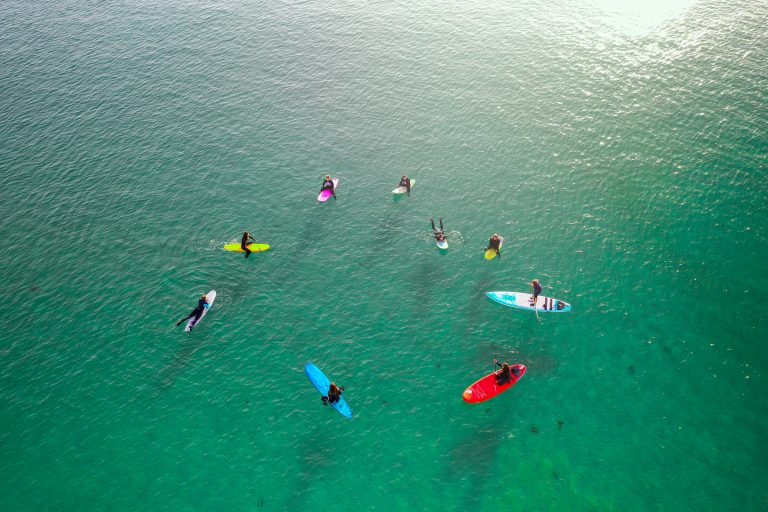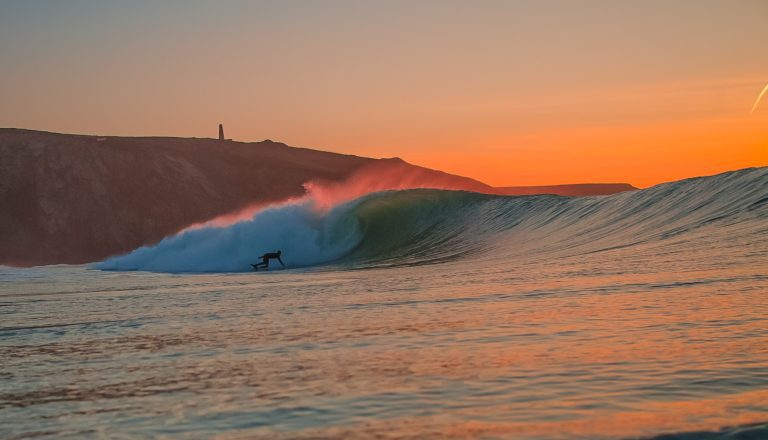
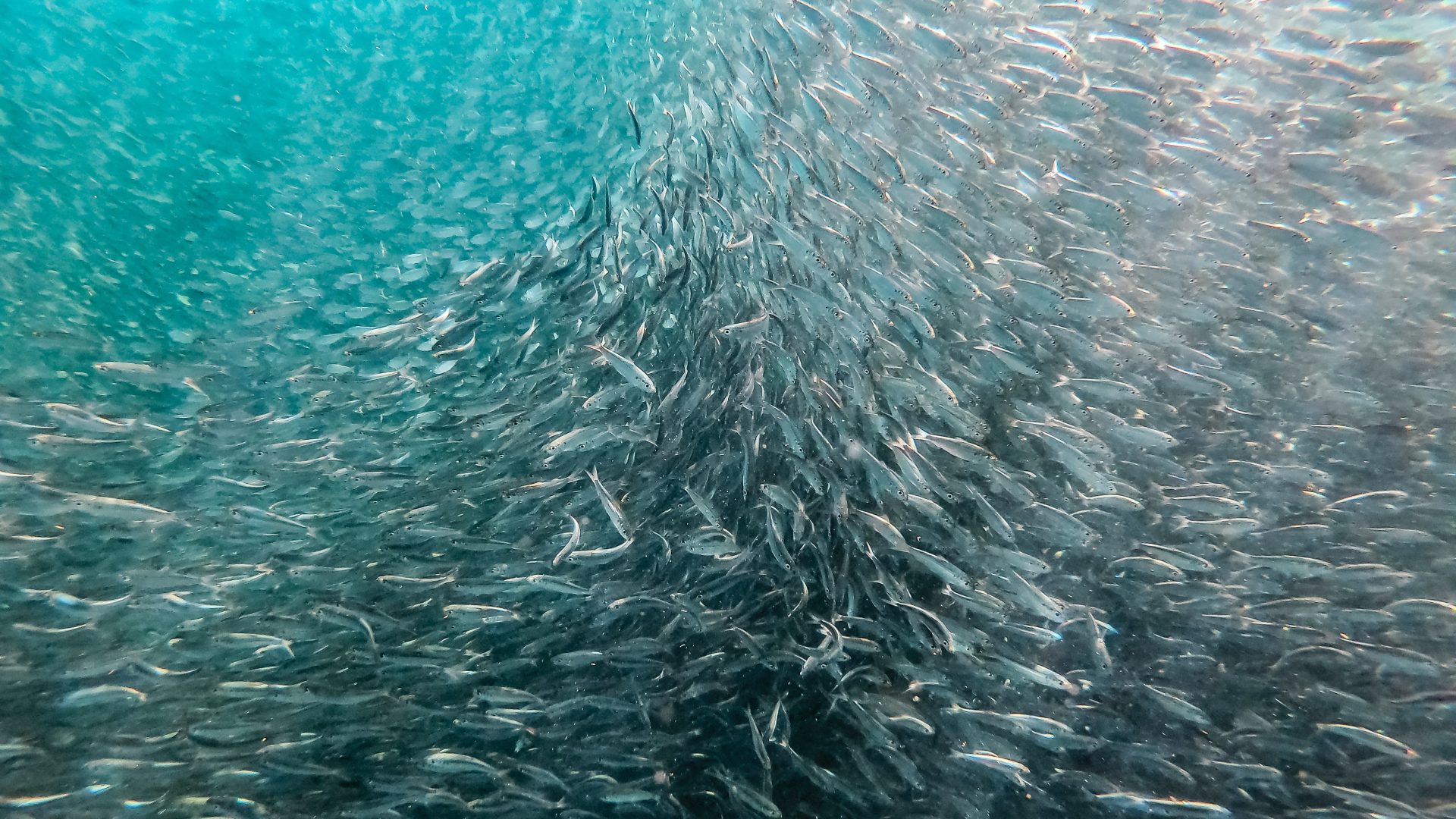
Ocean recovery: facts & figures
-
70%
of the earth's surface is ocean
-
Just 36%
of UK fish stocks are in a healthy state
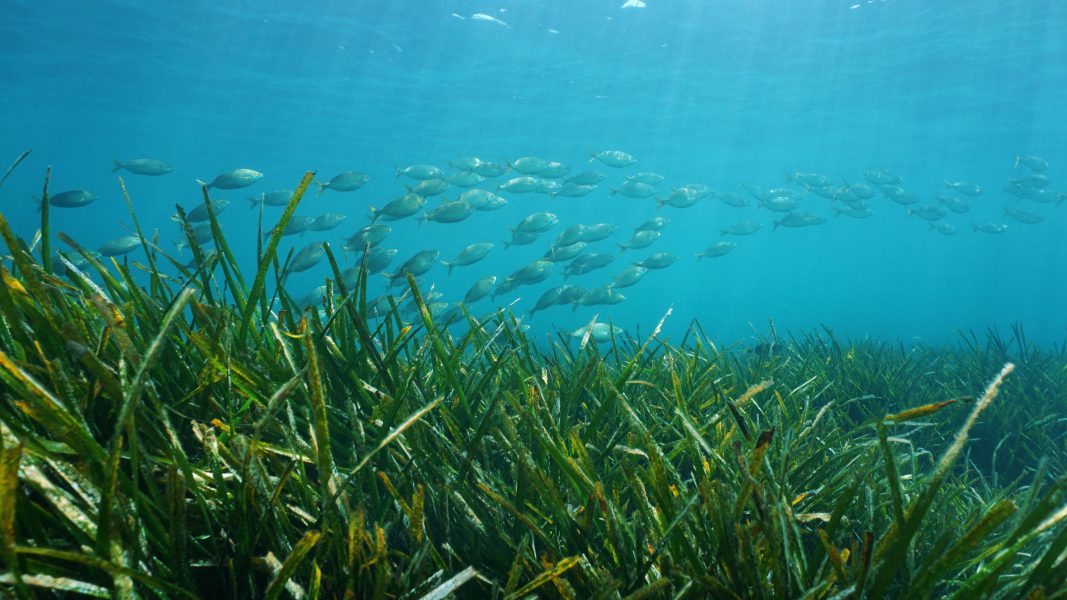
-
92%
of UK seagrass meadows have been lost
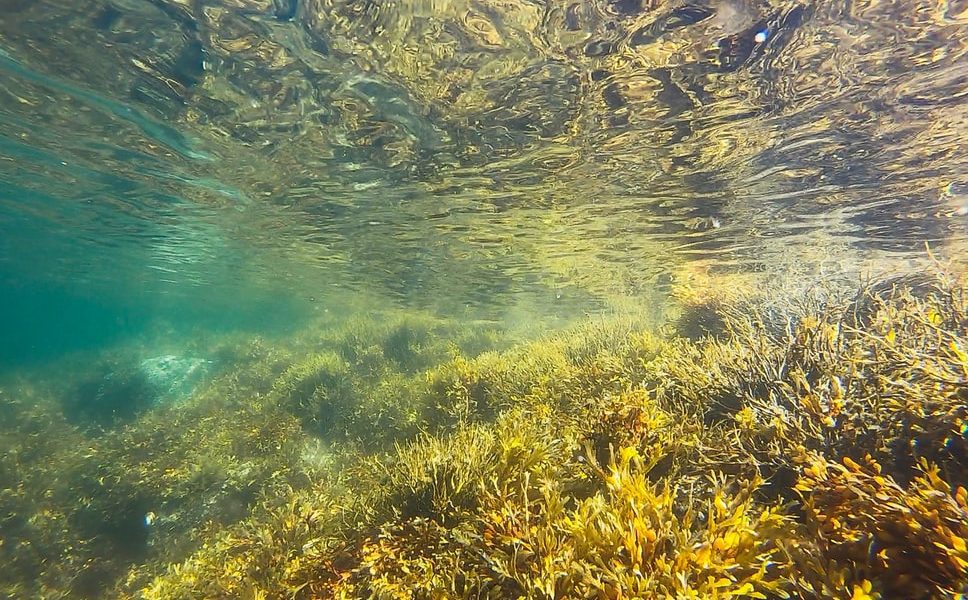
-
22%
of UK seabird species have declined in the last 50 years
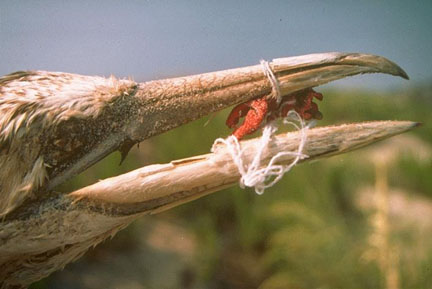
Ocean recovery in numbers
- Ocean acidity has increased about 26% since pre-industrial times. (United Nations)
- 90% of fish stocks are either fully exploited, overexploited, or have collapsed entirely. (United Nations Development Programme)
- Half of the UK’s Marine Protected Areas contain habitats that are vital in protecting the UK from the effects of climate change. (Joint Nature Conservation Committee)
- To protect the health of our marine ecosystems, scientists have estimated a minimum of 30% should be formally protected. (O’Leary, 2016)
- Mangrove forests lock up more than four times as much carbon as tropical rainforests. (The Leaf Charity, 2021)
Over the last 200 years, we have degraded or destroyed many habitats around the UK that are vital to a healthy ocean and life on earth. Overfishing, pollution, the introduction of invasive species, and widespread damage to many crucial marine environments have left the ocean in a perilous state. Ocean recovery is all about facilitating and allowing the ocean to regenerate, rewild itself and recover from the destruction we have wreaked on it. Its not about preserving it or even trying to go back in time to restore what used to exist. Its about stopping destructive practices to allow the ocean to renew itself in a way that is right for now.
Bad. Following current trends, the United Nations estimates more than half the world’s marine species face extinction. According to the Marine Conservation Society, less than 1% of the UK’s waters are well managed. Ocean acidity is projected to increase by between 100 and 150% by the end of the century.
Help drive ocean recovery

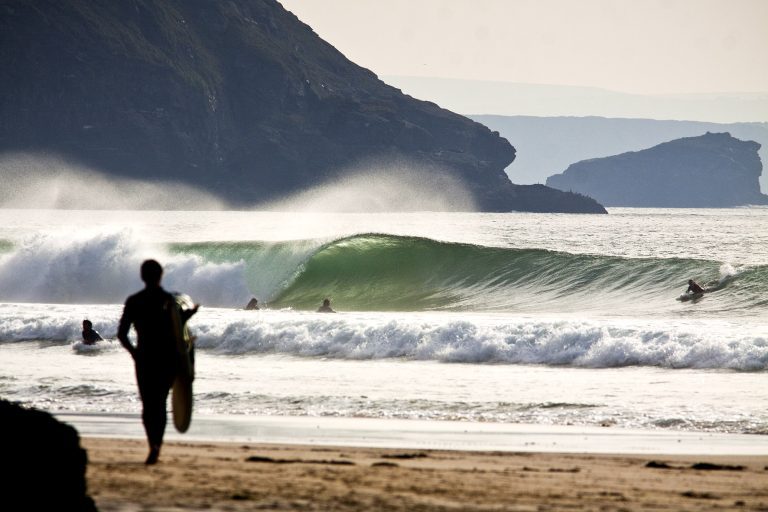
Ocean recovery: what we stand for
